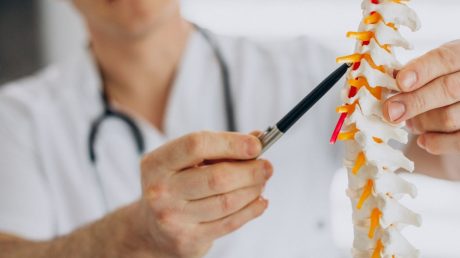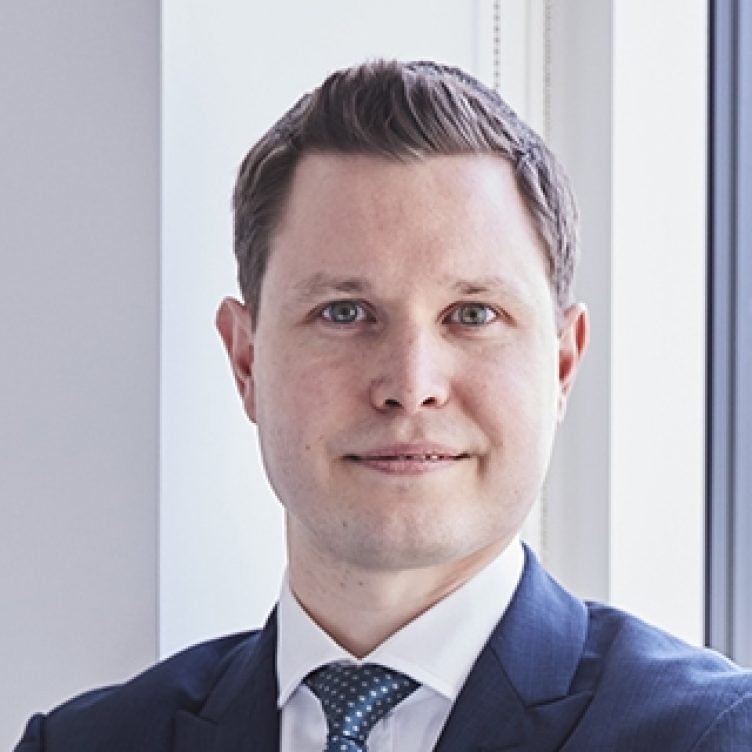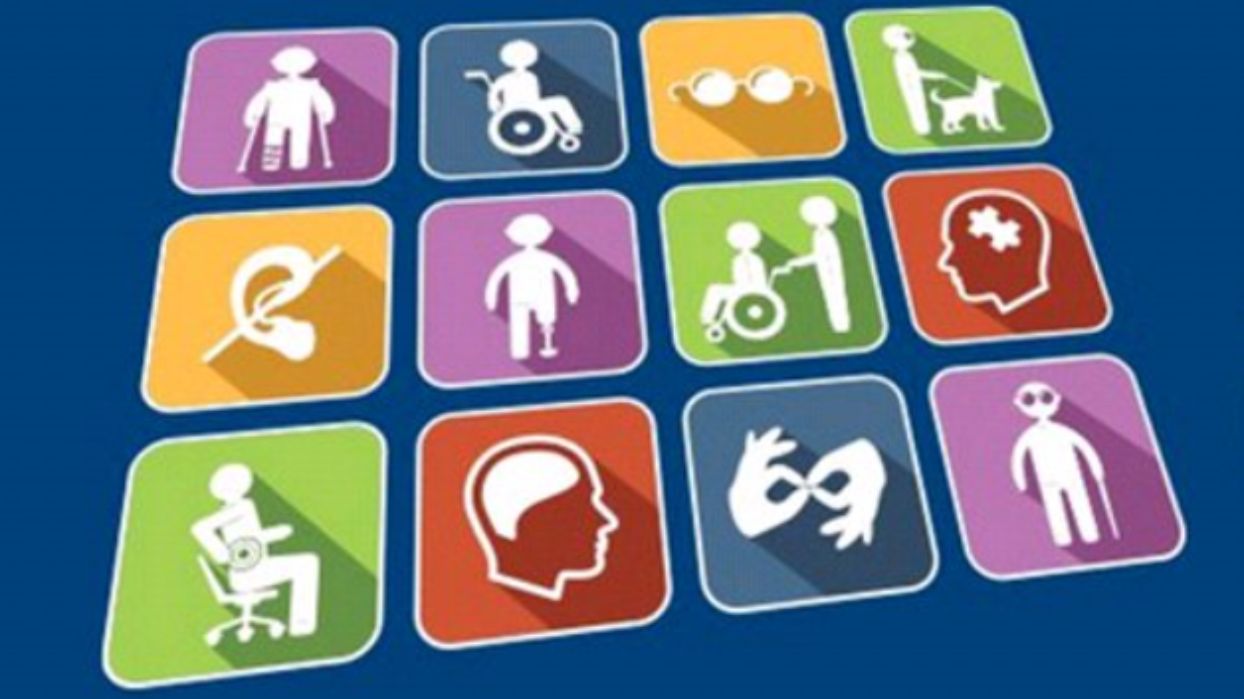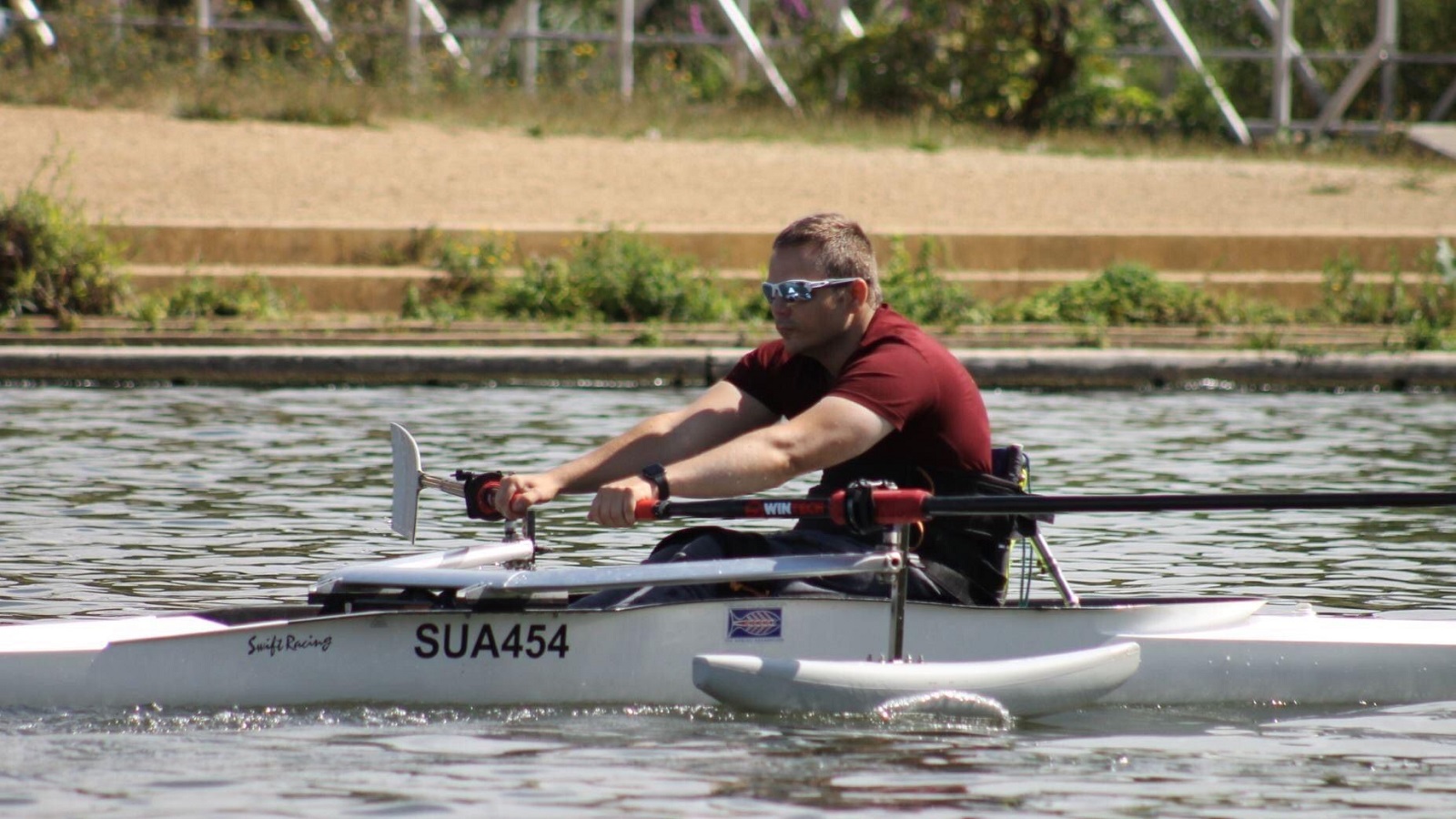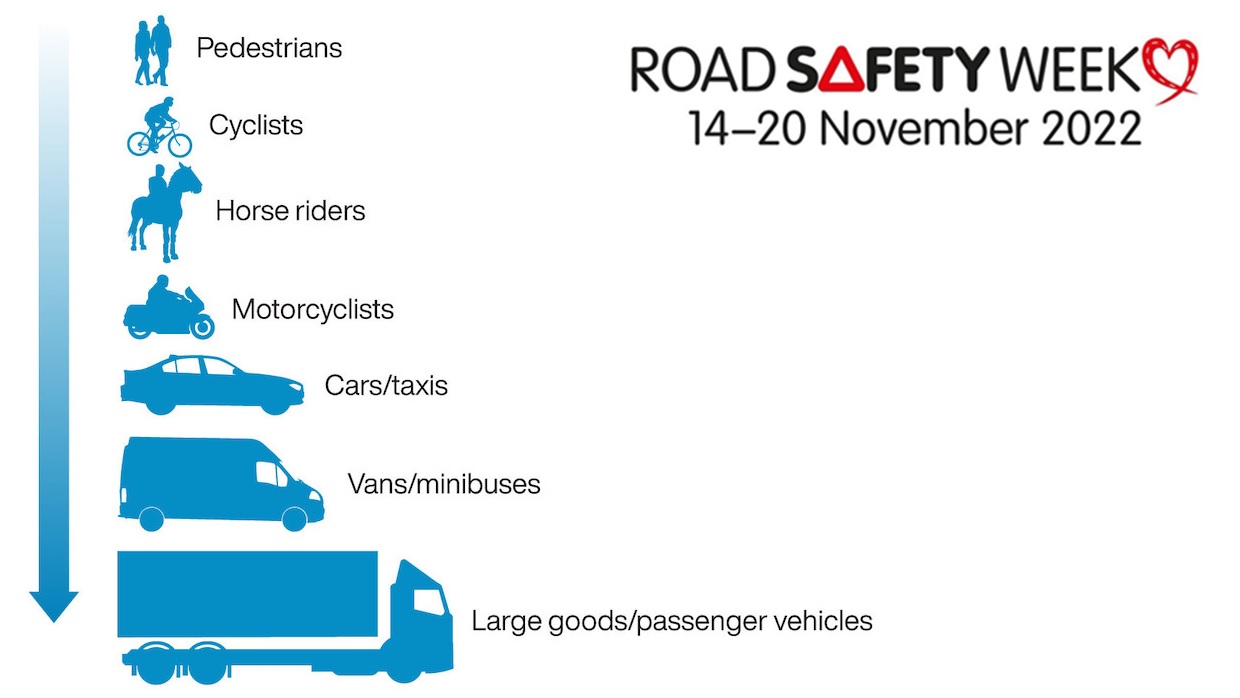Following the reorganising of NHS trauma care in England in 2012 and the establishment of the major trauma network, there have been significant improvements in the care and outcome of patients after serious injury. There have also been rapid advances in private neurological rehabilitation and increasing access to specialist facilities after initial acute care.
In this article, first published in the November 2022 edition of PI Focus, partner Chris Smith reviews the current landscape of neurological rehabilitation, drawing on recent case studies.
International rehabilitation
Facilities outside of the UK, in particular, in the US and Australia, were for some years at the forefront of neurological rehabilitation. Many seriously injured claimants travelled from the UK to access cutting-edge rehabilitation at long-established overseas centres.
These included the Brucker Biofeedback Center in Miami, the Miami Project to Cure Paralysis and NeuroPhysics Therapy in Australia.
Dr Bernard Brucker founded his internationally recognised biofeedback method at the Brucker Biofeedback Center in Miami in 1981, using precise techniques to restore lost functions in those with neurological impairment. More than 12,000 people from around the world have since travelled to the Brucker Centre for treatment.
The research programmes at the Miami Project, targeting traumatic spinal cord and brain injury and other neurological disorders, were established in 1985. The Miami Project is considered one of the premier research programmes conducting cutting-edge discovery and clinical investigations for neurological conditions.
In the late 1980s, Ken Ware established NeuroPhysics Therapy in Australia. NeuroPhysics Therapy is an exercise-based treatment that engages and triggers the body’s natural healing processes through very light and controlled resistance training.
Although claimants were often faced with scepticism when seeking large interim payments to fund rehabilitation abroad, this was not always the case, and some claimants were successful in doing so.
Recent experiences
XY
In September 2014, XY was involved in a road traffic accident when a car drove into him while riding his motorcycle.
XY suffered a spinal fracture to the C6 vertebra, which required a C6 corpectomy and plate fixation. He also sustained fractures to his left scapula and left clavicle, which were managed non-operatively. He has tetraplegia, which is AIS / Frankel C. He is sensory incomplete at the C6 level on the right and left, and C8 motor almost complete on the right and complete on the left.
XY was keen to explore all options in his rehabilitation, in particular, exoskeletons and biofeedback. This was supported by the defendant’s solicitors and insurer, who provided significant interim funding. This meant XY was able to trial and subsequently purchase an exoskeleton. In July 2017, he attended the Brucker Centre in Miami for a programme of biofeedback as there was no comparable facility in the UK.
The total cost of the sessions, flights, accommodation and carer attendance was in the region of £19,000 for a three-week visit. XY was advised that he should re-attend in six to eight months and would benefit from further annual visits for six to 10 years, for 15 to 20 sessions each time. XY reported several benefits from this therapy, including improvements in truncal control and posture.
Following the settlement of his case, XY arranged a further trip in August 2018.
SC
In August 2015, SC was injured in a cycling accident. SC sustained devastating injuries, including a fractured sternum, broken ribs, spinal fractures at T6, T7, L1, L4, and S3/4 and a spinal cord injury at L1, resulting in paralysis from the waist down.
SC was airlifted to Queen’s Medical Centre in Nottingham and then treated at Lincoln County Hospital for around four weeks before being transferred to a specialist spinal injuries unit at Pinderfields Hospital in Wakefield.
SC was incredibly motivated and pushed himself each day in his rehabilitation. He was eventually discharged on 15 December 2015.
Inspired by the Paralympian John Maclean, in August 2016, SC embarked on a six-week rehabilitation programme with Ken Ware of NeuroPhysics Therapy in Australia.
Collaboration with the defendant’s solicitors and insurer was key. Liability was admitted early, and the insurer provided significant interim payments to fund somewhat unconventional rehabilitation. Having been told that he would probably never walk again, SC took his first unaided steps during that trip to Australia.
The case was settled in late November 2016 without needing court proceedings. Having continued his rehab in the UK at Prime Physio Cambridge utilising the training techniques from NeuroPhysics, SC went back to Australia in autumn 2017. Now training most days, he has returned to cycling a two-wheeled bike.
Emerging technology and developing rehab closer to home
While it is still open for claimants to access rehabilitation abroad, there have been significant advancements in private rehabilitation facilities in the UK.
Several cutting-edge rehabilitation centres have opened in the last decade, offering both inpatient and outpatient rehabilitation for neurological conditions. This is no longer simply a transition placement between NHS rehabilitation and home; it is state-of-the-art rehabilitation offering claimants the opportunity the take the recovery to the next level, with interdisciplinary teams that may not be accessible in the community.
Claimants can access care from consultants in rehabilitation medicine, spinal injuries, pain management and much more, alongside rehabilitation teams offering conventional rehabilitation. They can also obtain more specialist services such as neurological music therapy, hydrotherapy and robotic therapy.
In April 2018, there were further advancements with the introduction of the UK’s first neurological rehabilitation centre augmented with robotics and Virtual Reality technology (MOTIONrehab). This allows claimants to achieve mass practice and repetition of movements that wouldn’t otherwise be possible.
In late 2021, MindMaze Healthcare introduced the MindPod to two facilities in England (STEPS Rehabilitation and The Royal Buckinghamshire Hospital). MindPod is the world’s first immersive neuro-animation experience, a unique form of location-based digital therapeutic rehabilitation that focuses on brain repair through high intensity and high dose complex exploratory movements. Ongoing collaboration will result in the increased availability of these facilities to claimants.
Such technology is not only available to those with a compensation claim. In 2015, BASIC (the Brain and Spinal Injury Centre) installed the first public virtual reality rehabilitation service, providing access to the CAREN (Computer Assisted Rehabilitation Environment), the DynSTABLE (Dynamic Stability and Balance Learning Environment) and the C-Mill, alongside other physical and cognitive rehabilitation.
Private rehabilitation and litigation
There is a significant cost attached to state-of-the-art rehabilitation. However, there may be a cost-saving where this can now be accessed in the UK without requiring claimants to travel abroad.
Early access to such rehabilitation undoubtedly has significant benefits for claimants, in turn benefiting defendants and insurers.
Insurers are increasingly open to funding such rehabilitation, with clinical support from the claimant’s treatment team and support from experts. Rehabilitation centres are also aware of the importance of opening their doors to all those involved in litigation. This includes inviting solicitors and insurers into therapy review meetings to provide invaluable insight into the claimant’s rehabilitation and how interim payments are being utilised. Collaboration is key to accessing the best provision for claimants.
You can find further information regarding our expertise, experience and team on our Personal Injury pages.
If you require assistance from our team, please contact us or alternatively request a call back from one of our lawyers by submitting this form.
Subscribe – In order to receive our news straight to your inbox, subscribe here. Our newsletters are sent no more than once a month.

